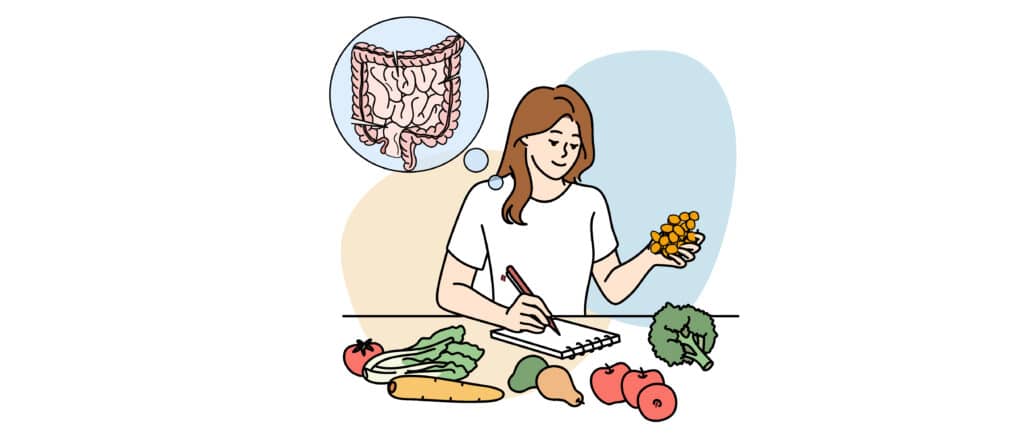What does Magnesium do to your body?
- Dates Nutrition
- January 12, 2022
- 10 minutes read
What does Magnesium do to your body?
Magnesium is a naturally present mineral in many foods and is also added to some products or available as a supplement. It is responsible for supporting muscle function and has more than 300 other roles that are important for our bodies. This article will discuss what magnesium is, what kind of food is rich in magnesium, and everything else you need to know about it.
HEALTH FUNCTIONS:
What are the functions of magnesium?
Magnesium plays an important role in the body and is a component of at least 300 enzymes found in our body. These maintain energy levels and body protein, carry messages between our brain and body, and more. Moreover, magnesium plays a major role in our cardiovascular system and in managing type 2 diabetes and hypertension. Some randomized studies have found that magnesium supplementation prevents complications after a stroke or heart attack.
DISEASE RISK REDUCTION:
Magnesium and bone health:
About 50 to 60% of magnesium in the body is found in the skeleton, while the rest is in soft tissue, primarily in the muscle, where it supports the structure. It is also involved and responsible for regulating calcium levels.
Magnesium and migraines:
Migraine is a mild to severe headache felt as a throbbing pain on one side of the head. Some clinical studies have found a link between low magnesium levels and the onset of migraines. The National Headache Foundation suggests a daily dose of 400 to 600mg of magnesium to treat migraines. This dose was found to be fast-acting and more beneficial than other treatments. The recommended levels for migraines are higher than usual, leading to some side effects such as muscle weakness and diarrhea. You must discuss with your physician before supplementing magnesium in your diet to help with migraines, especially at such high doses.
Magnesium and depression:
Mood disorders such as depression and anxiety are linked to malfunctioning neurological pathways. Magnesium has a role in these pathways. Many studies showed a direct link between magnesium levels and depression, while a few studies showed that magnesium as a treatment was not that beneficial.
Magnesium and cardiovascular disease:
Extensive cohort studies found a direct link between magnesium intake and the prevention of hypertension. They suggested that improving dietary lifestyles and incorporating more magnesium sources significantly impacted hypertension.
Moreover, several studies, including the Health Professionals Follow-up Study (HPFS) and the Nurses’ Health Study (NHS), found that stroke is reduced by 7 percent if 100mg of magnesium is introduced daily.
Magnesium and asthma:
Several studies showed a relation between magnesium and asthma; magnesium intake decreased hospital admission and improved lung function.
Groups at risk of a magnesium deficiency:
The following list is the most common groups that are at risk of magnesium deficiency because of low intake or due to a medical condition:
- Groups with gastrointestinal diseases: Crohn’s or Celiac disease can lead to chronic diarrhea, which leads to magnesium malabsorption.
- Groups with type 2 diabetes: Increased urination due to insulin resistance leads to increased urinary magnesium excretion.
- Groups with alcohol dependence: This group commonly has poor dietary intake and gastrointestinal problems that lead to excessive excretion of magnesium through urine.
- Older adults: With age, magnesium absorption decreases, and renal magnesium secretion increases. Moreover, older adults tend to eat less and lower nutritional intake.
INTAKE RECOMMENDATIONS:
How much do we need?
The need per day varies according to your age, sex, and life stage.
Intake recommendations are provided by the Dietary Reference Intakes (DRIs) developed by the Food and Nutrition Board (FNB) at the Institute of Medicine of the National Academies. For example, women 19 years or older (and not pregnant) need 310 to 320 mg daily. Pregnant females need around 350 mg daily, while lactating females should aim for 310 to 320 mg. Males of the same age should strive for 400 to 420 mg per day.
Magnesium is considered an essential mineral which is why it is required in higher amounts than other minerals.
The good news is that magnesium is widely found in plant and animal foods, along with some beverages. Green leafy vegetables such as spinach, legumes, nuts, seeds, and whole grains are a great source of magnesium.
Here is a list of food sources to include in your diet and that are high in magnesium:
- Almonds, peanuts, cashews
- Pumpkin seeds
- Peanut butter
- Beans (black, kidney)
- Soybeans, soymilk
- Cooked spinach, Swiss chard
- White potato with skin
- Brown rice
- Oatmeal (instant, whole oats)
- Salmon
- Beef
- Poultry
- Banana
- Raisins
- Dark chocolate (at least 70%)
- Milk, yogurt
Dates are low in calories and rich in minerals such as magnesium (13 mg/date), calcium (15.4 mg/date), phosphorus (14.9 mg/date), and potassium ( 167 mg/date). Therefore, 100g of dates would cover around 43mg of magnesium.
Excessive intake:
Toxicity from food sources has yet to be identified. Healthy kidneys will remove excess magnesium that is then filtered to the urine. However, excessive supplementation may lead to toxicity symptoms such as nausea, vomiting, depression, muscle weakness, low blood pressure. The Food and Nutrition Board (FNB) of the US Institute of Medicine set the tolerable upper intake level (UL) for magnesium at 350 mg/day. It cautions that individuals with renal failure are at a higher risk of magnesium toxicity.
The Tolerable Upper Intake Level (UL) for age groups:
- Children 1- 3 years: 65 mg/day
- Children 4 – 8 years: 110 mg/day
- Children 9 – 13 years: 350 mg/ day
- Adolescents 14 – 18 years: 350 mg/day
- Adults 19 years and older: 350 mg/ day
What does Magnesium do to your body when taking medications?
Magnesium interferes with some medications and reduces their effects, such as heart medications, osteoporosis medications, diuretics, antibiotics, and certain anti-malaria drugs.
CONCLUSION:
In conclusion, magnesium has many good implications on health by addressing bone health, migraine, depression, and cardiovascular disease. The latest RDA for magnesium intake is around 300 mg to 420 mg/day, which can be attained by eating a varied diet with green leafy vegetables, nuts, and whole grains.









